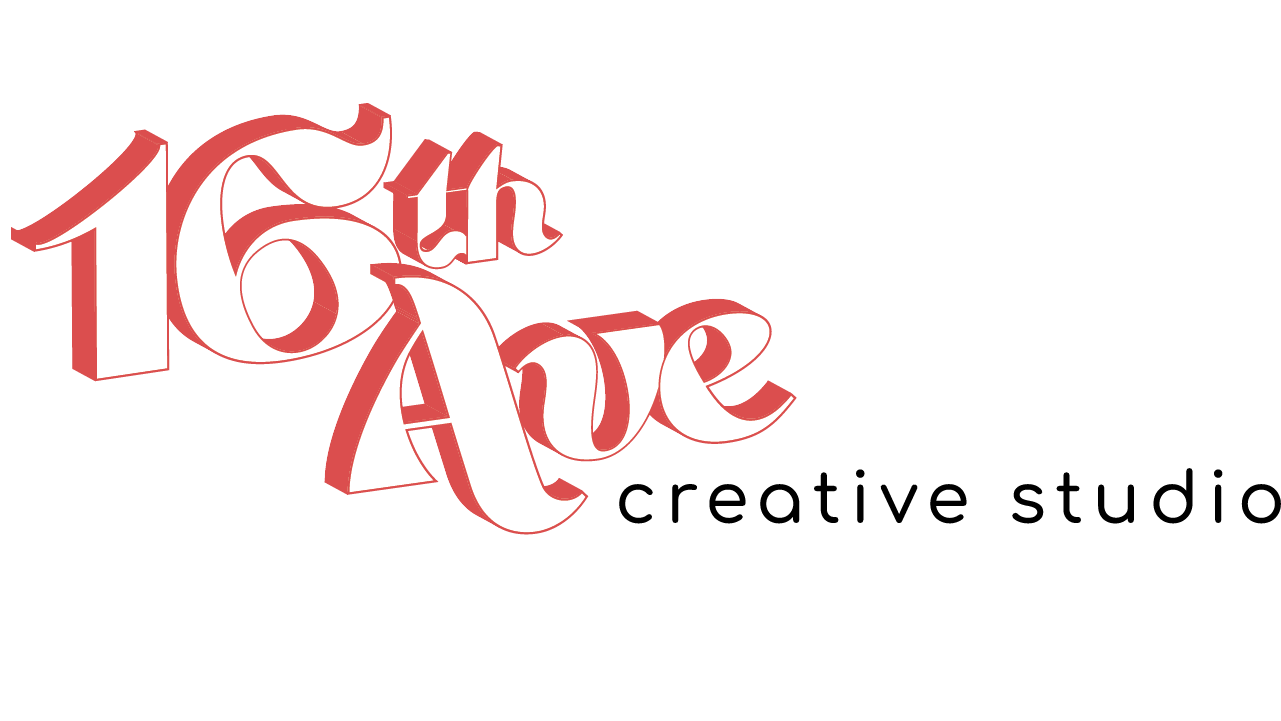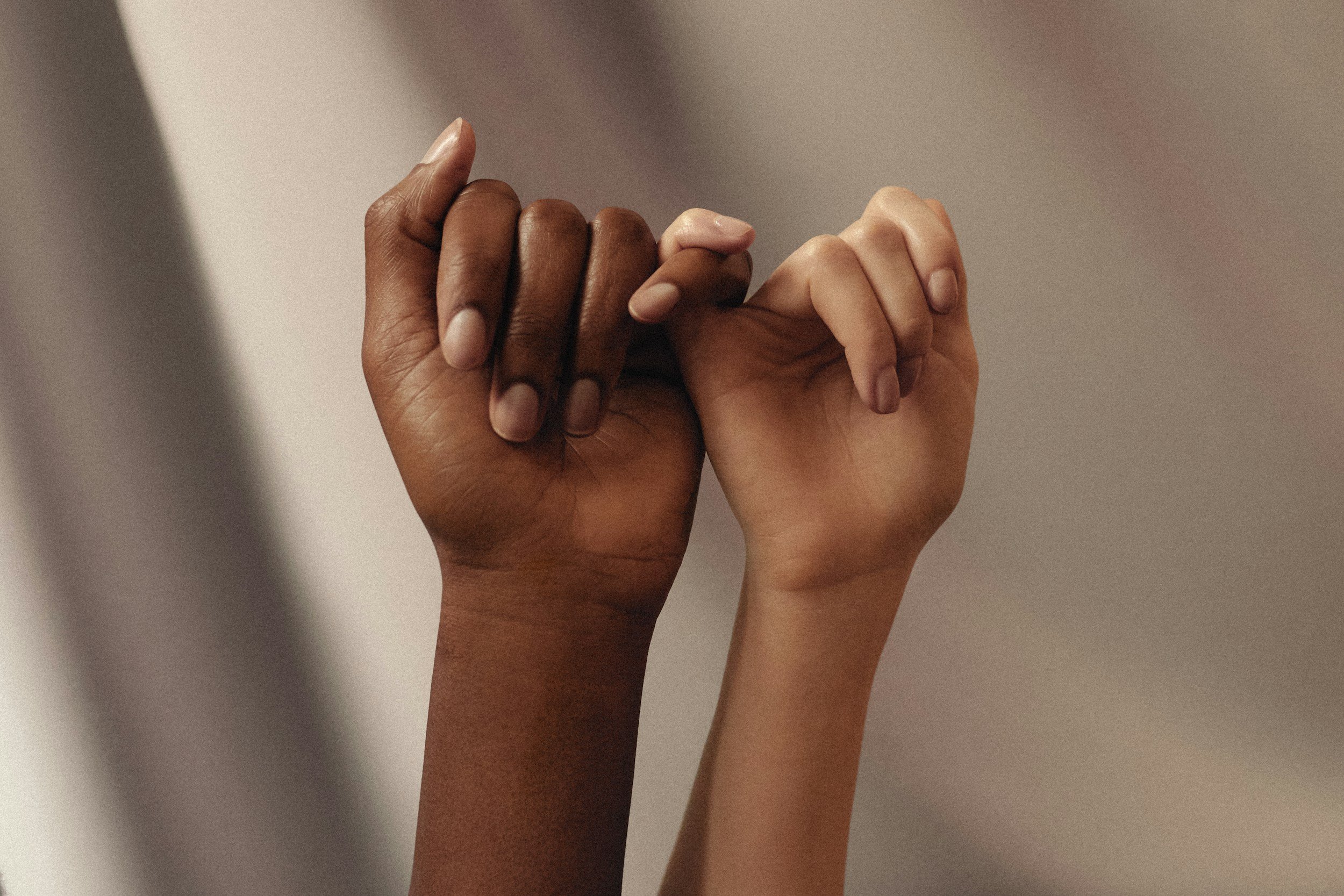Designing with Respect: Principles of Culturally Respectful Design
"Design without cultural awareness isn’t just ineffective—it can be harmful."
Discover how to craft culturally respectful designs that incorporate inclusive practices, cultural awareness, and cross-cultural design principles to achieve deep impact and foster meaningful connections.
In an increasingly interconnected and multicultural world, design has an extraordinary capacity to influence how we see, feel, and understand one another. When done well, design can bridge cultures, amplify voices, and invite connection. But when done poorly—or without care—it risks reinforcing stereotypes, causing harm, or erasing identities altogether.
As designers, strategists, and creatives, we carry the responsibility to move beyond surface-level inclusivity and towards genuinely culturally respectful design.
This means not only considering how something looks but deeply understanding how to create culturally respectful designs that reflect, honour, and elevate the diverse communities we serve.
Whether you're branding a business, building a website, designing educational content, or developing a digital product, it’s time to embed inclusive design practices into every stage of your creative process.
Why Cultural Sensitivity in Design Matters
Cultural sensitivity in design goes far beyond avoiding offence or ticking a diversity box. It involves acknowledging the histories, values, languages, and experiences that shape people’s identities. More importantly, it asks us to be accountable—designing not just for people, but with them.
As Neo Architects aptly put it, cultural sensitivity is the cornerstone of trust in design. Without it, design work can quickly become tokenistic, extractive, or exploitative.
Consider how harmful visual tropes, caricatures, or misused cultural symbols can reinforce negative stereotypes. At best, this is lazy design. At worst, it's damaging. Instead, we must lead with curiosity, humility, and the question:
"Whose story am I telling—and am I the right person to tell it?"
Key Principles of Culturally Respectful Design
To embrace designing for cultural diversity, we must start with intentionality. Here are five cross-cultural design principles to guide your approach:
1. Deep Listening and Community Engagement
Engage with the community from the beginning—not just at the end for ‘approval.’ True inclusive design practices start with asking, not assuming. Listen to lived experience. Create space for stories to emerge organically.
2. Co-Create, Don’t Consult
The difference between consultation and co-creation is power. Work with cultural custodians and community members as creative partners. This builds trust, ensures cultural accuracy, and avoids surface-level inclusion.
3. Prioritise Cultural Accuracy Over Aesthetic Trends
A symbol might look visually striking, but does it carry sacred meaning? Does it belong to a community with specific protocols around its use? Don’t just "Google and go"—dig deep, research, ask, and verify. This is how you avoid stereotypes in design and protect cultural integrity.
4. Acknowledge Origins and Give Credit
Cultural appropriation often stems from a lack of acknowledgment. If you’re inspired by or using elements from a specific culture, be transparent. Credit communities share their stories (with permission) and support ongoing reciprocity.
5. Design for Representation, Not Just Visibility
Representation means more than showing a range of faces. It’s about allowing people to see themselves reflected in your work in ways that feel real, nuanced, and empowering.
Implementing Inclusive Design Practices in Your Workflow
True inclusive design is a mindset, not a checklist. To truly honour inclusive design practices, consider the following:
Build Diverse Creative Teams
Diversity in your team leads to richer ideas and more thoughtful execution. Inclusive outputs begin with inclusive inputs.
Embrace Participatory Design
Utilise community-informed design methods that enable those you’re designing for to influence the project's direction. Seek feedback. Share prototypes. Reiterate together.
Audit Your Existing Work
Apply best practices for inclusive design by conducting a cultural sensitivity audit of your brand, website, and communications. What messages are you sending—intentionally or not?
Examples of Culturally Respectful Design in Action
1. Amazonian Designers Reshaping Global Fashion
Indigenous designers like Sioduhi Waíkhon, founder of Sioduhi Studio and Rebeca Ferreira, who founded MI Moda Indígena, are powerfully reclaiming space in the global fashion industry. By placing ancestral Amazonian craftsmanship at the heart of their brands, they are not only elevating traditional design—but actively challenging the extractive nature of fast fashion. Their work is a masterclass in design with purpose—where sustainability, storytelling, and cultural sovereignty take centre stage.
Both brands have woven the essence of their culture into every detail—from visual identity and typography to brand voice, palette, and storytelling. Their designs don’t just reference culture—they honour it, celebrate it, and carry it forward with integrity.
2. Inclusive Web Design for First Nations Communities
In Australia, designing for Aboriginal and Torres Strait Islander users involves integrating cultural awareness into design, including the use of local language, connection to Country, and visual storytelling. Sites like Common Ground and The Koorie Heritage Trust show how digital spaces can honour identity while remaining accessible and engaging.
3. Expanding Brand to Empower Muslim Female Athletes
Nike's Pro Hijab is a prime example of culturally sensitive design. The product was developed in collaboration with Muslim women athletes to ensure it met their needs for performance and modesty, demonstrating the importance of inclusive design practices
Nike is a prime example of how a typical Western business can utilise its brand profile to support diverse cultures by expanding its products or services.
Nike designed and created the Pro Hijab for Muslim athletes in collaboration with women who wear the hijab, responding to the needs of the Hijabi community. Developing these products embodied inclusive design, grounded in lived experience.
More than sportswear, the Nike Pro Hijab symbolises empowerment for Muslim female athletes.
“The Nike Pro Hijab will help advance the conversation around hijabs and Muslim women in sports and further make sports an inclusive space.” -
These examples show how cross-cultural design principles create a deeper impact, not just improved performance metrics.
How 16th Ave Creative Studio Embeds Cultural Respect into Every Brief
At 16th Ave Creative Studio, cultural respect and inclusive strategy are woven into the heart of every branding, web design, and messaging project. We work with women-led businesses and culturally diverse female founders to create aligned, ethical, high-converting digital experiences that honour your values and amplify your voice.
For our Indigenous clients, this often includes:
Designing websites with deep respect for culture and Country
Crafting copy that reflects community voice, not corporate tone
Developing brands that celebrate heritage and speak to the next generation
We believe creating design is not just about people, but with people.
Ready to Design with Cultural Integrity?
Embedding cultural respect into your design process isn't just the right thing to do—it’s a wise approach. Audiences today are highly conscious of authenticity. Brands and organisations that honour cultural knowledge, consult genuinely, and design thoughtfully build deeper, more enduring connections with their audiences.
Get Started
If you’re ready to embed cultural respect into your creative process, start by downloading our Culturally Respectful Design Checklist or book a consultation with 16th Ave Creative—where inclusion is at the heart of every brief.
👉 Download the Culturally Respectful Design Checklist
👉 Book a Free Consultation
Together, let’s design with purpose, presence, and deep respect.
“Women build businesses to change lives—their own and the lives they touch.
I’m here to support them as they rise with intention, lead with strength, and spark the change our world is waiting for.”
The most trusted and empowering creative partner for female-led service businesses!
Helping women in health, wellness, leadership & coaching to lead with impact through premium branding, Squarespace Website design & signature offers that scale their reach and amplify their visibility.




